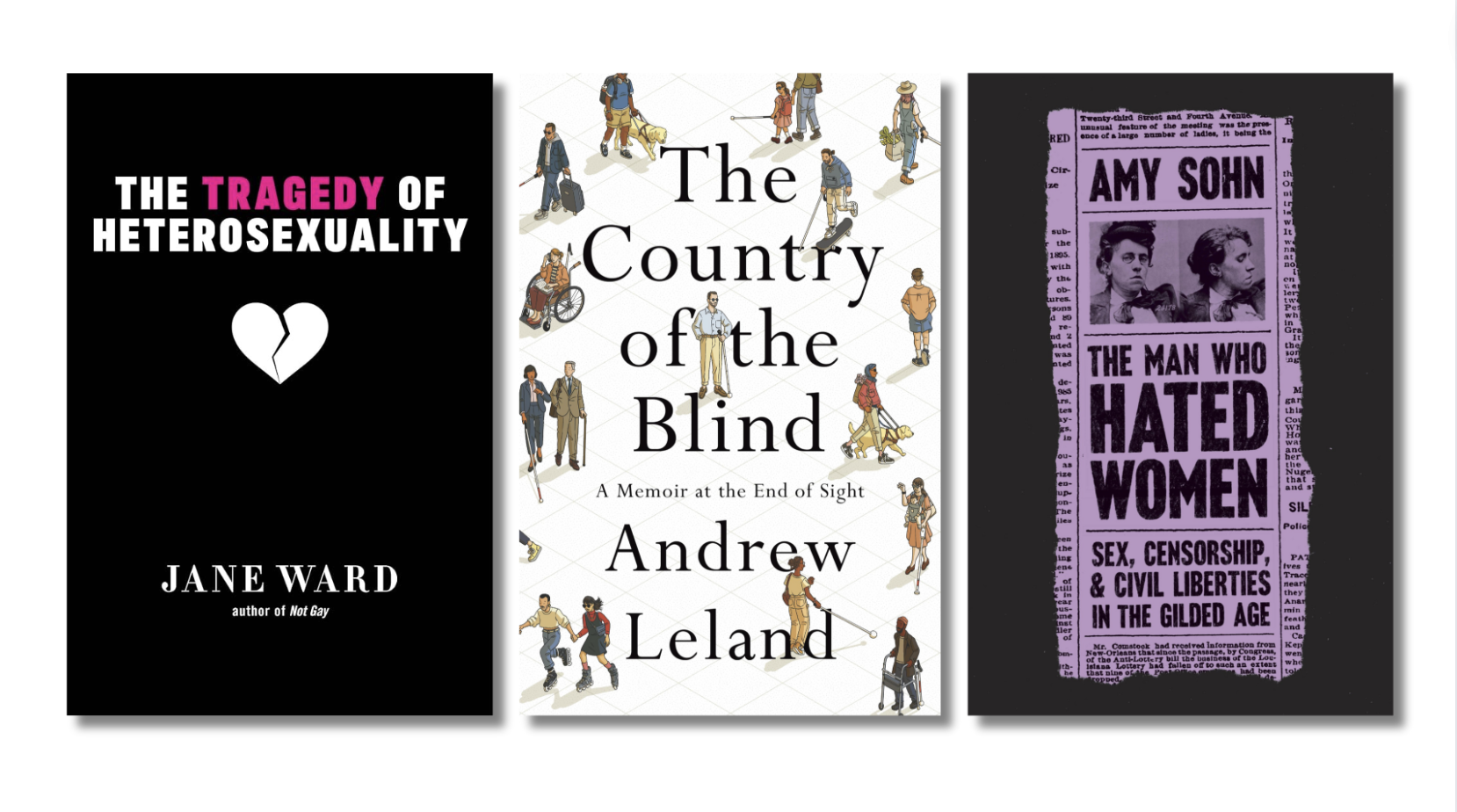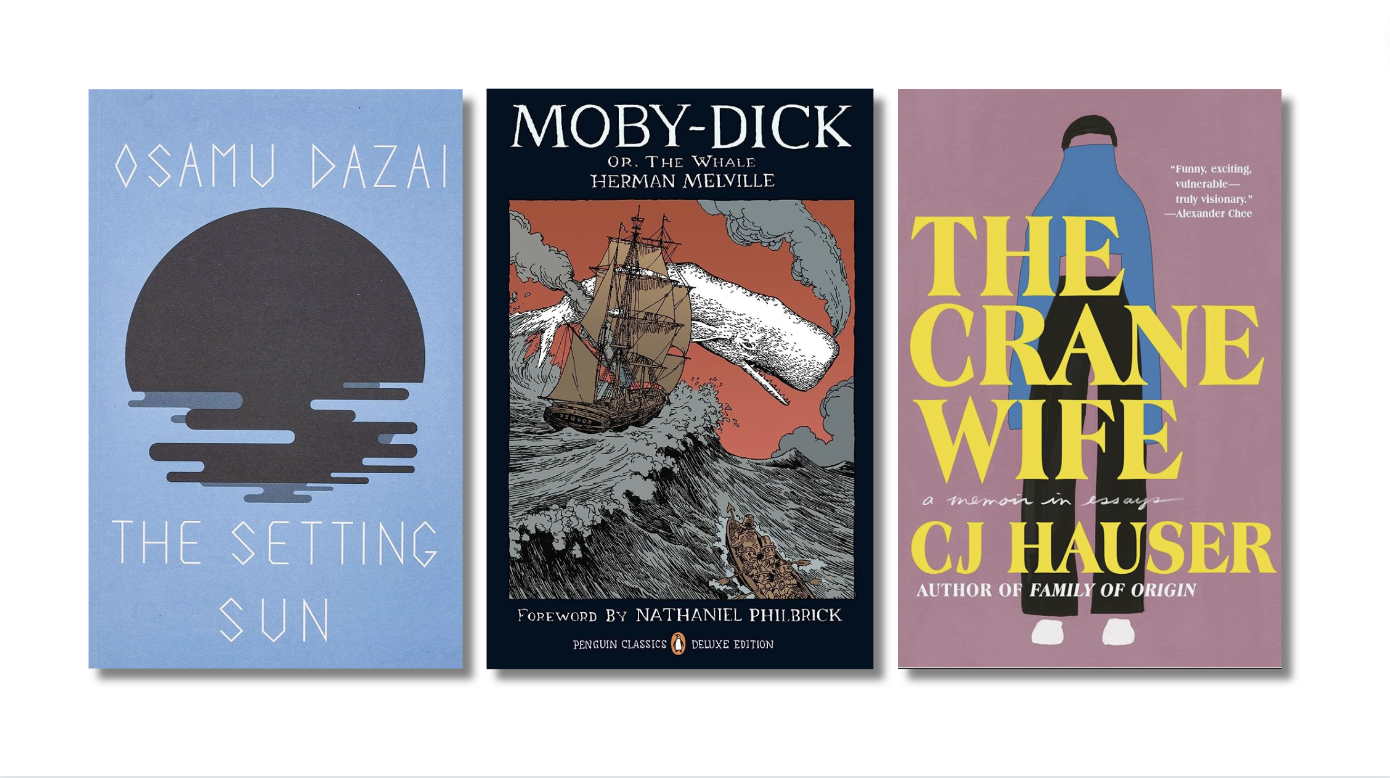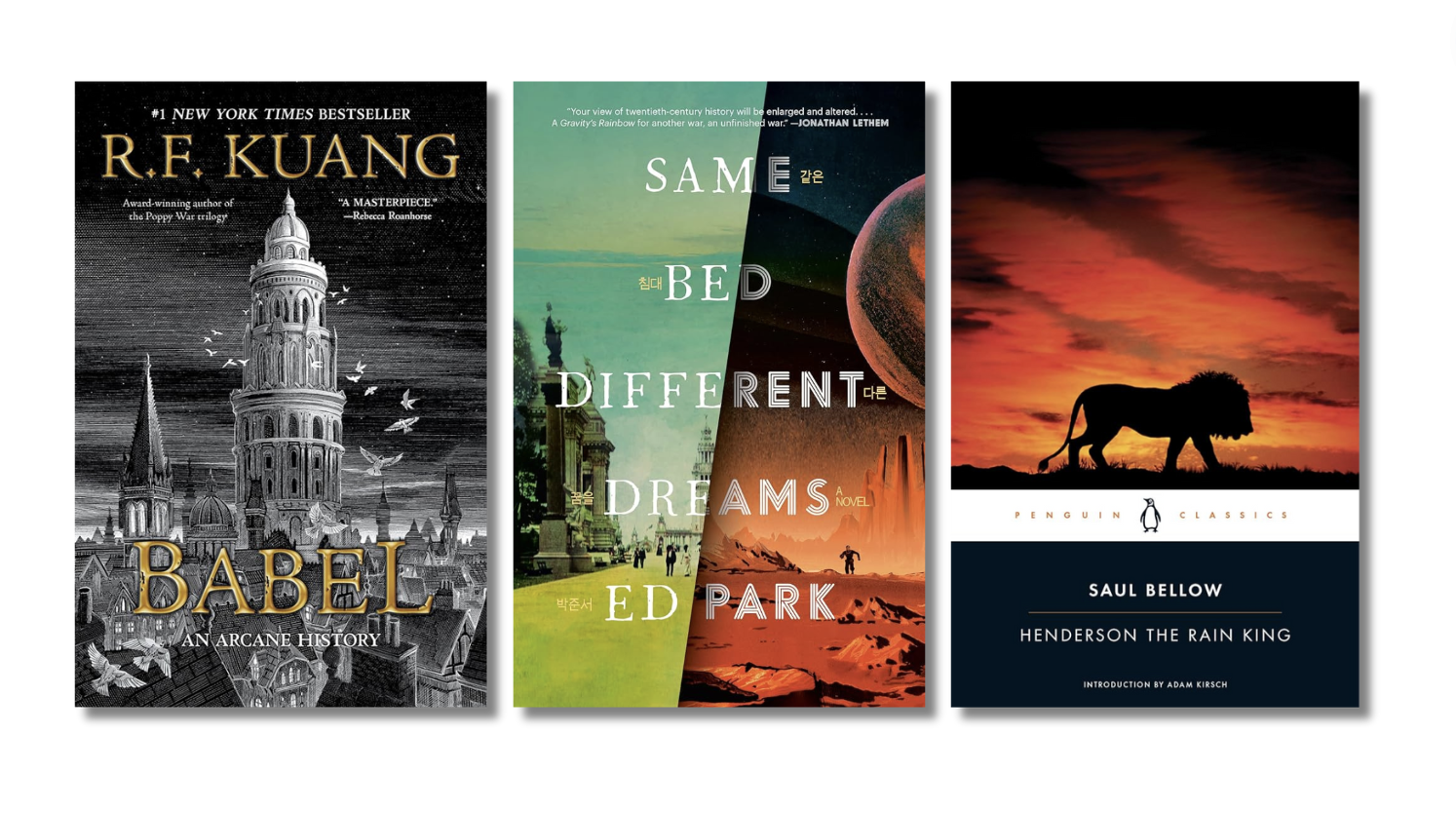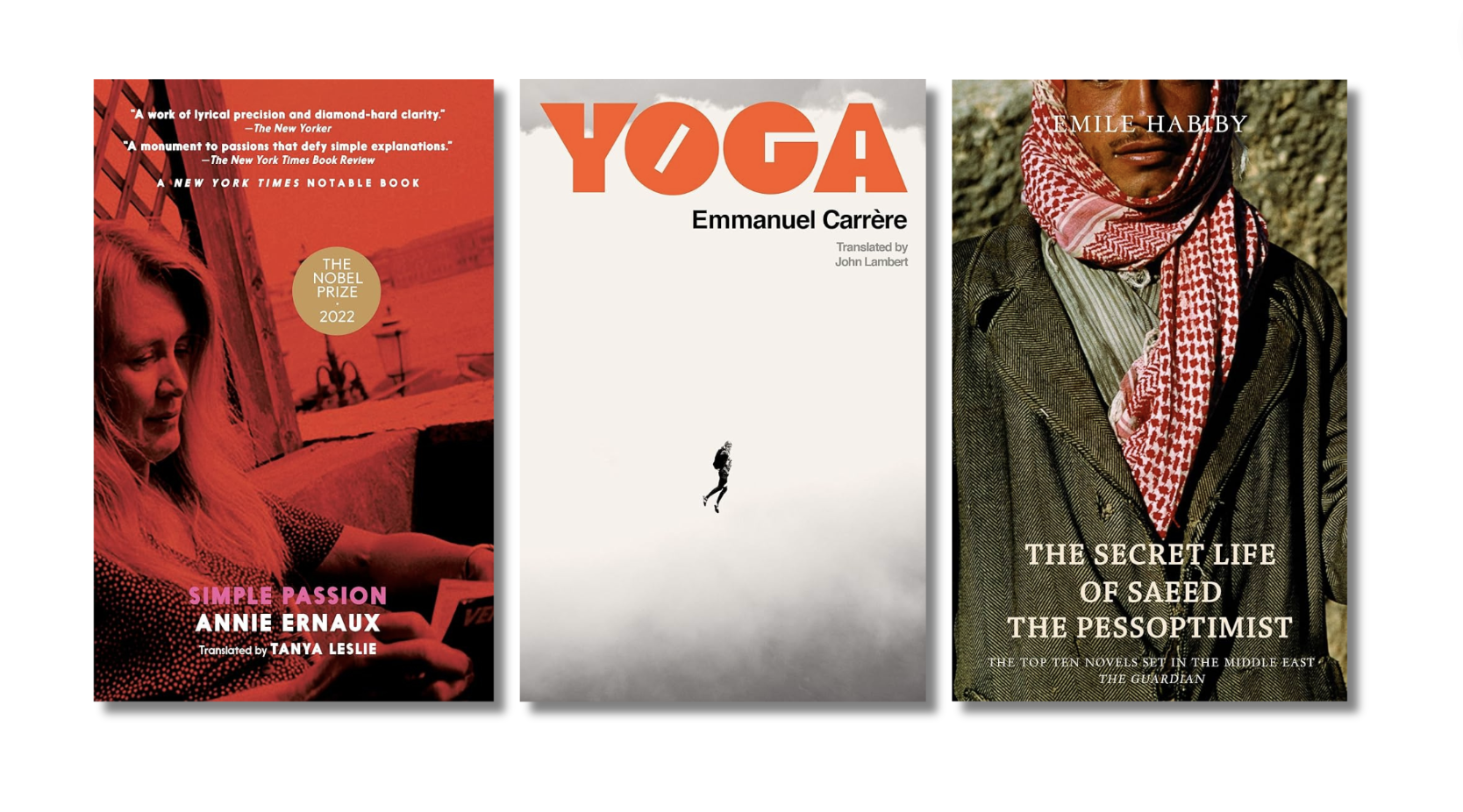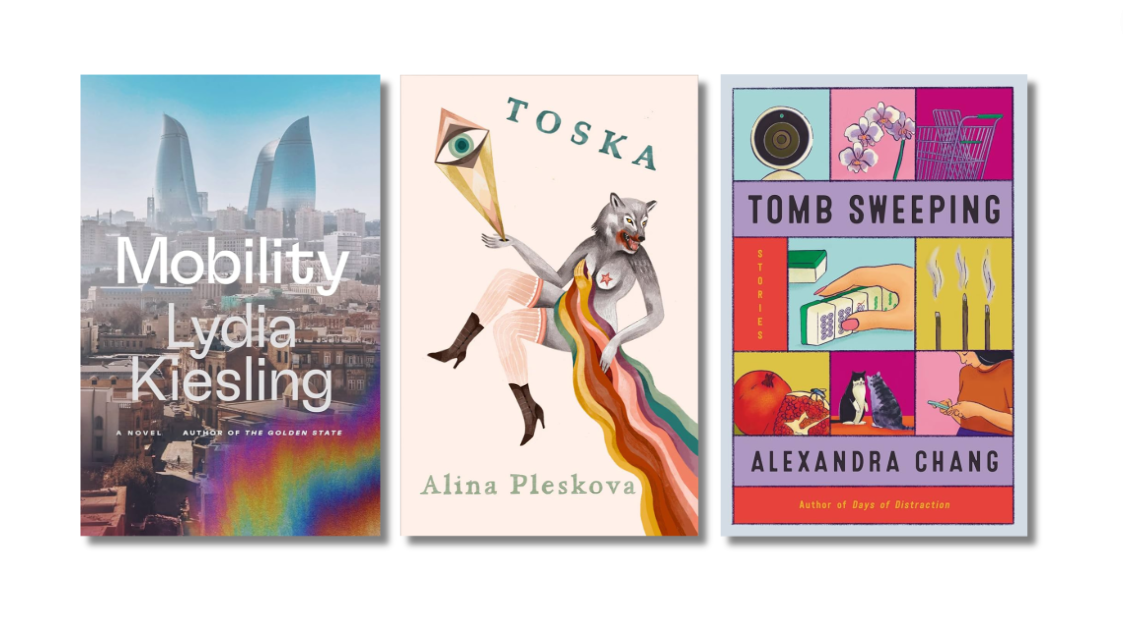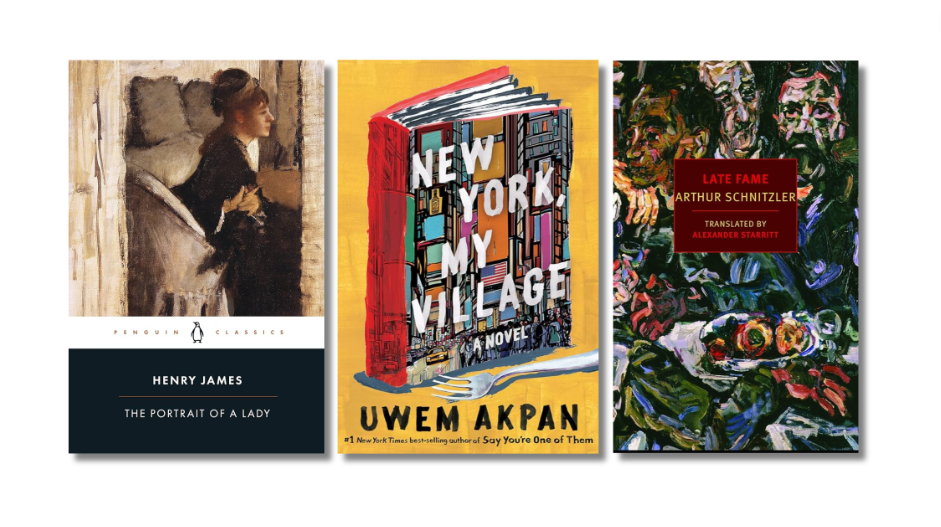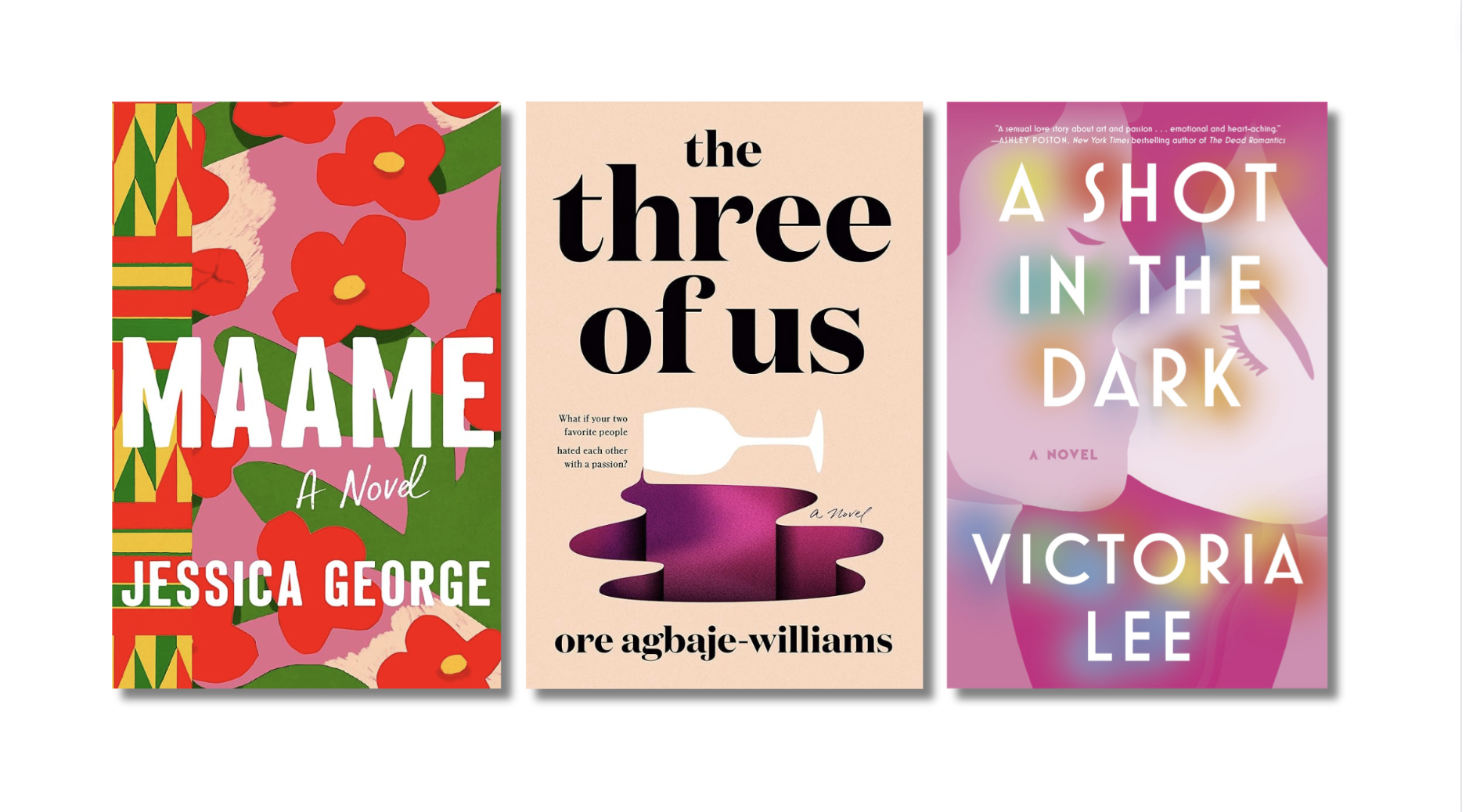I am on a memoir kick. In the last couple of months I’ve plowed through Another Bullshit Night in Suck City by Nick Flynn, The Liar’s Club, by Mary Karr, and I recently started — not kidding — a book called The Gerbil Farmer’s Daughter, by Holly Robinson.
 I read too quickly, and I often find that what I retain a few weeks after I’ve gobbled a book, is an image or moment that somehow encapsulates the work — the essence that stays behind when everything else fades. Suck City is a resonant, haunting story of how an abandoned son comes to accept the hugely flawed humanity of his skid-row dad. The image I hoard from that book is of the author walking down a Boston street with his “gnomelike,” almost comically diminished father — “cross-eyed, stiff gait, smaller and smaller.” I can’t stop thinking of it: the father—so grandiose, so damaged—tottering crookedly down the sidewalk, taking credit for the trees that line the street and the steps that anchor his building.
I read too quickly, and I often find that what I retain a few weeks after I’ve gobbled a book, is an image or moment that somehow encapsulates the work — the essence that stays behind when everything else fades. Suck City is a resonant, haunting story of how an abandoned son comes to accept the hugely flawed humanity of his skid-row dad. The image I hoard from that book is of the author walking down a Boston street with his “gnomelike,” almost comically diminished father — “cross-eyed, stiff gait, smaller and smaller.” I can’t stop thinking of it: the father—so grandiose, so damaged—tottering crookedly down the sidewalk, taking credit for the trees that line the street and the steps that anchor his building.
 The Liar’s Club is also about an unmoored parent and a turbulent childhood, and nobody who has read it can soon forget the terrifying sight of the author’s crazed, wasted, theatrically immoderate mother hovering in her daughters’ bedroom doorway with her “wild corona of hair,” brandishing a shiny kitchen knife. But I think back to a more intimate tableau: of the family eating dinner together each night in the parents’ massive bed, facing opposite walls, “our backs together, looking like some four-headed totem, our plates balanced on the spot of quilt between our legs.” The image is so familiar and sad and touching at the same time, and it says everything about how our weird family arrangements can break us, but also make us who we are.
The Liar’s Club is also about an unmoored parent and a turbulent childhood, and nobody who has read it can soon forget the terrifying sight of the author’s crazed, wasted, theatrically immoderate mother hovering in her daughters’ bedroom doorway with her “wild corona of hair,” brandishing a shiny kitchen knife. But I think back to a more intimate tableau: of the family eating dinner together each night in the parents’ massive bed, facing opposite walls, “our backs together, looking like some four-headed totem, our plates balanced on the spot of quilt between our legs.” The image is so familiar and sad and touching at the same time, and it says everything about how our weird family arrangements can break us, but also make us who we are.
 Families are ecosystems unto themselves, and since I have written a book about bees and humans, I now see signs of symbiosis everywhere — flowers, bees, people, animals, families, all the dependencies that go into making a life. I’m particularly interested in how people coexist with pets, and that’s how I ran across Gerbil Farmer’s Daughter. It is also about, yup, a kid coming to terms with her unusual childhood, though as far as parental pathologies go, you could do worse than suffering through your father’s gerbil-husbandry fixation (the author’s Navy-commander father decides to stake the family’s future on raising gerbils). It’s a fun book, sad as well, though not so vivid and thought-provoking and lyrical as the two I read before. But then, those books don’t have gerbils: 8,700 of them. Now there’s an image.
Families are ecosystems unto themselves, and since I have written a book about bees and humans, I now see signs of symbiosis everywhere — flowers, bees, people, animals, families, all the dependencies that go into making a life. I’m particularly interested in how people coexist with pets, and that’s how I ran across Gerbil Farmer’s Daughter. It is also about, yup, a kid coming to terms with her unusual childhood, though as far as parental pathologies go, you could do worse than suffering through your father’s gerbil-husbandry fixation (the author’s Navy-commander father decides to stake the family’s future on raising gerbils). It’s a fun book, sad as well, though not so vivid and thought-provoking and lyrical as the two I read before. But then, those books don’t have gerbils: 8,700 of them. Now there’s an image.
More from A Year in Reading 2011
Don’t miss: A Year in Reading 2010, 2009, 2008, 2007, 2006, 2005
The good stuff: The Millions’ Notable articles
The motherlode: The Millions’ Books and Reviews
Like what you see? Learn about 5 insanely easy ways to Support The Millions, The Millions on Twitter, Facebook, Tumblr.

